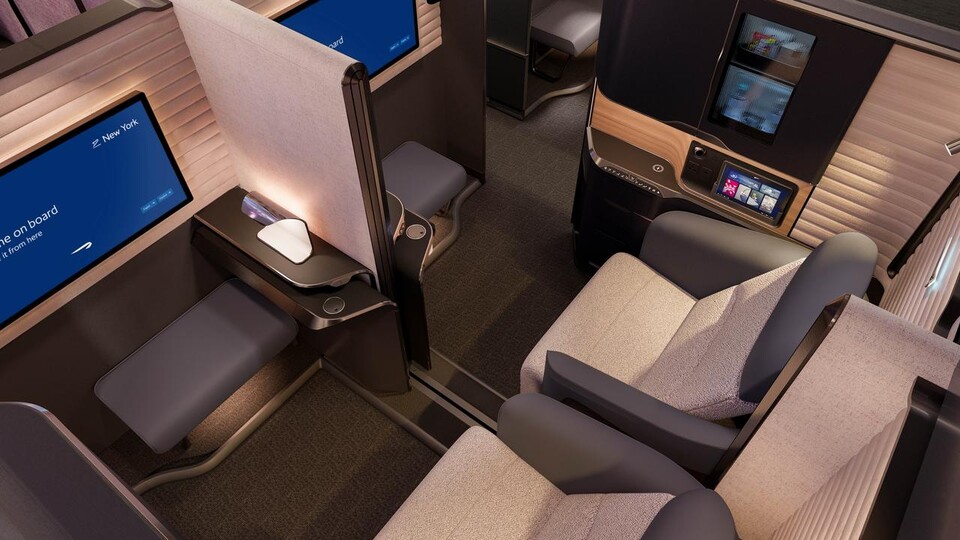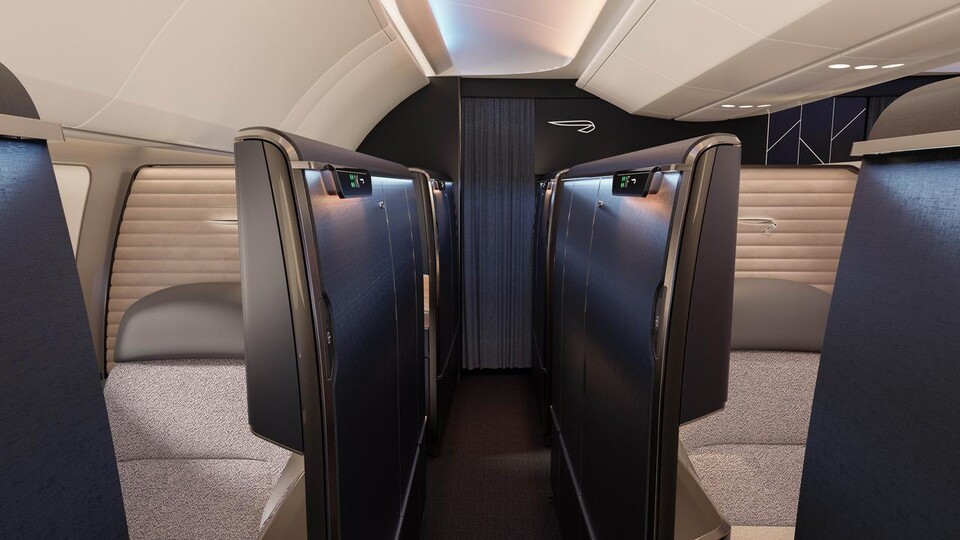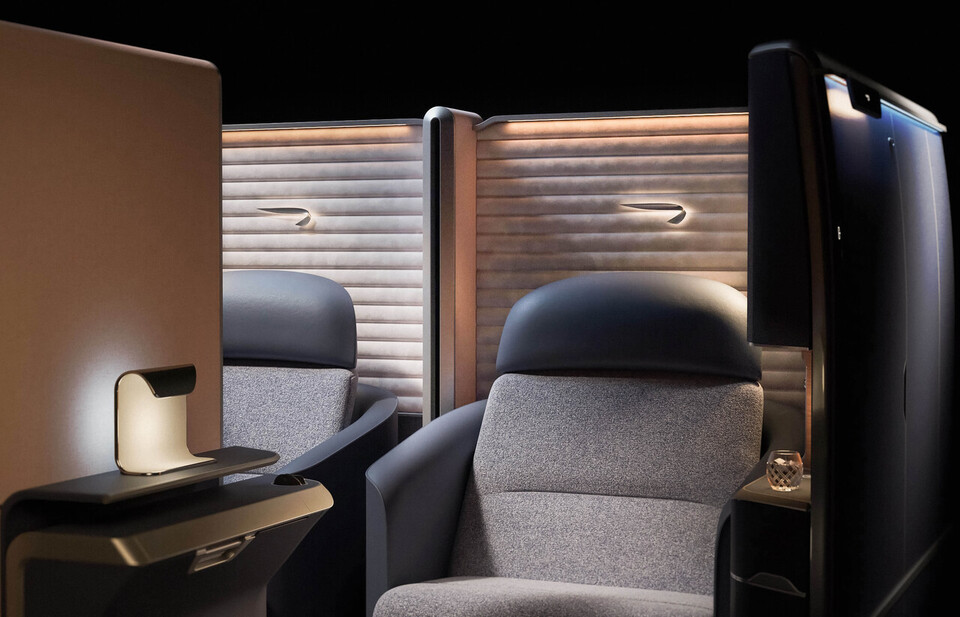Airlines
Saudi Arabia’s new airline, Riyadh Air to hire 700 pilots as it prepares to launch

Riyadh Air, Saudi Arabia’s new national airline, plans to hire 700 pilots as it prepares to begin operations. The airline is primarily looking for pilots who have already received training on the Boeing 787-9 and 777 aircraft models.
According to officials, the hiring process will start in September 2023, while the formal induction of the formal induction of people in January 2024. Before its inauguration in 2025, the airline intends to hire about 700 pilots.
Boeing increases production rate of the 787 Dreamliner(Opens in a new browser tab)
The airline was set up by the Public Investment Fund (PIF), the Kingdom’s sovereign wealth fund. It placed a multibillion-dollar order in April 2023 for up to 72 Boeing 787-9 Dreamliners. A further 33 wide-body 787-9 Dreamliner aircraft may be purchased in addition to the 39 permitted aircraft.
5 Facts About Saudi Arabia’s Newest Riyadh Air(Opens in a new browser tab)
It wants to purchase up to 121 787 Dreamliners in total to reach the country’s goal of serving 330 million passengers and bringing in 100 million tourists by 2030. In terms of value, this would rank as Boeing’s fifth-largest commercial order ever.
Candidates who are interested in a career with the exciting Saudi Arabian capital can apply online. The opportunity to live in a city that is undergoing remarkable development and become fully immersed in Arab culture is provided by Riyadh Air.

Airlines
British Airways Unveils Its Brand-New First Class Cabin for the Airbus A380

British Airways has introduced its brand-new First Class seat, blending sleek design with expert British craftsmanship. Reflecting modern British luxury travel, this new cabin is part of the airline’s Airbus A380 retrofit plans, set to take flight in mid-2026.
The updated First Class cabin has been crafted to feel like a modern luxury hotel in the sky, complete with cozy touches and thoughtful British details.
Etihad Airways Unveils 10 Exciting New Routes for 2025
Designed by top experts from across Great Britain and Ireland—including London, Glasgow, West Yorkshire, Kilkeel, and Dublin—the seat reflects the best of British design and quality.
Features and Comforts
The new First Class seat is ultra-wide at 36.5 inches, with a bed length of 79 inches for ultimate comfort. It includes:
- A multi-purpose ottoman and stowable table.
- A 32-inch 4K TV screen.
- Adjustable mood lighting with modes like “relax,” “dine,” and “cinema.”
- A cocooned 60-inch curved wall for privacy while maintaining a spacious feel.
Passengers traveling together can enjoy a shared experience with a sliding divider that creates a lounge-like space. The stowable tables also allow for “buddy dining,” where two people can dine together.
The cabin’s flowing curves, inspired by the iconic Concorde wings, create a welcoming and stylish environment. Additionally, passengers can now wheel their luggage directly into their personal storage space, making settling in easier.
This country tops visa rejections in the popular Schengen countries
British Airways carefully considered customer feedback when designing this cabin. The seat includes practical storage and features like a fully rectangular bed for home-like comfort. Every detail, from usability to elegance, has been designed to enhance the travel experience.
British Airways is proud to be the only UK-based European airline offering a First Class product across the Atlantic. british airways premium economy and First Class travelers enjoy exclusive perks such as stylish seats, access to luxury lounges, fast-track security, and the First Wing at Heathrow. The airline ensures a premium experience from booking to landing.
This cabin upgrade is part of British Airways’ £7 billion investment in improving customer experiences. The airline has already introduced over 120 initiatives, including new short-haul seats, free onboard Wi-Fi messaging, and refreshed lounges worldwide.
-

 Aviation2 months ago
Aviation2 months agoMicrosoft Flight Simulator Raises $3 Million to Bring Back the An-225 Mriya
-

 Airlines2 months ago
Airlines2 months agoQatar Citizens Can Travel to the United States Without a Visa
-

 Aviation2 months ago
Aviation2 months agoQatar Airways bans these new Electronic Devices on plane
-

 Airlines2 months ago
Airlines2 months agoJapan Airlines Rolls Out Free Domestic Flights to International Passengers
-

 Travel2 months ago
Travel2 months agoQatar Airways Launches Four Additional Flights from Amsterdam
-

 Defence2 months ago
Defence2 months agoWhich Country Has the Largest Fleet of Fighter Aircraft?
-

 Airport2 months ago
Airport2 months agoWestern Sydney Airport Welcomes Its First Plane After 6 Years of construction
-

 Airlines4 days ago
Airlines4 days agoDAMAC Air: Dubai’s New Luxury Airline Offers Free Flights for Registration










